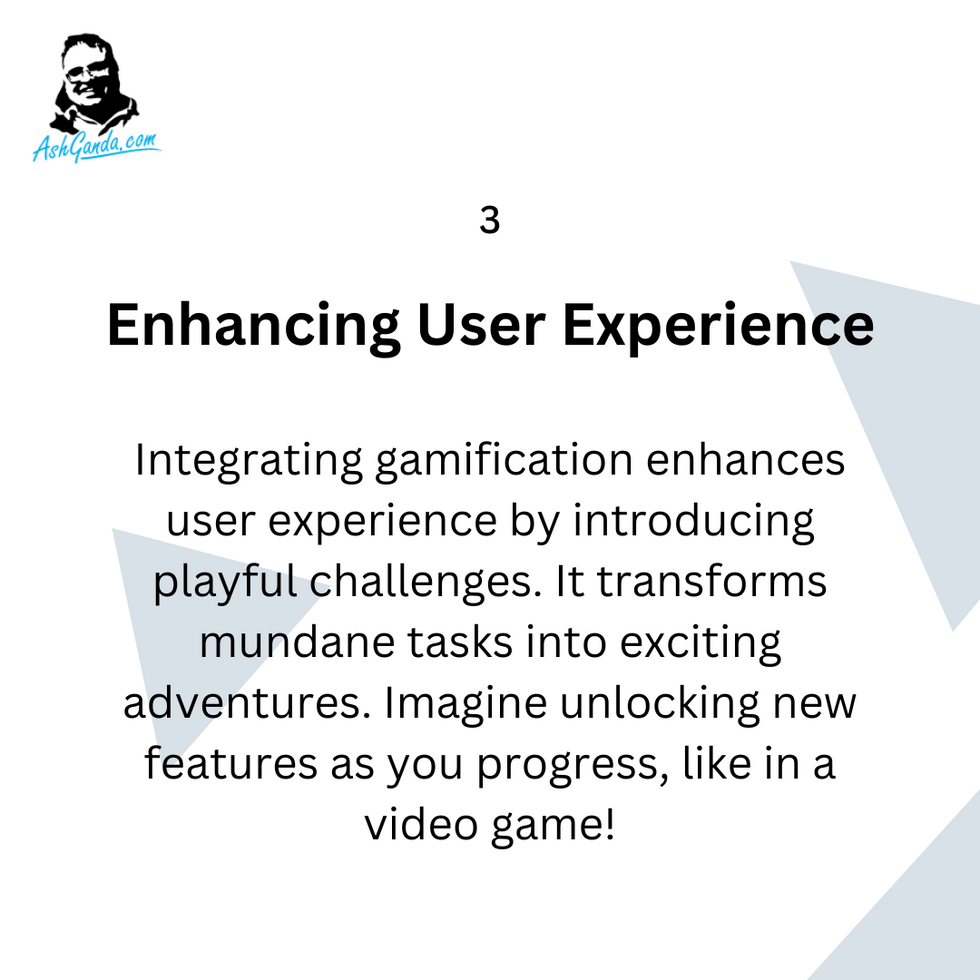Gamification in AI Tutoring: Making Learning Fun and Engaging
- Ash Ganda

- Dec 19, 2024
- 4 min read

AI is transforming education, becoming a valuable tool in enhancing the learning experience. One of the most exciting developments in this field is the integration of gamification elements into AI tutoring platforms. This innovative approach is increasing students engagement with the educational content, making learning not just effective but also enjoyable.
The Power of Gamification in AI Tutoring
Gamification in AI tutoring involves the strategic use of game-like elements to enhance the learning process. By incorporating features such as points, badges, and leaderboards, these platforms tap into the natural human desire for competition, achievement, and recognition. This approach has proven to be particularly effective in boosting student engagement and motivation.
Points: Quantifying Progress
Points serve as a tangible measure of a student's progress and effort. In AI tutoring platforms, points are typically awarded for completing tasks, answering questions correctly, or reaching specific milestones. This system provides immediate feedback and a sense of accomplishment, encouraging students to push themselves further.
For instance, in a math tutoring program, a student might earn 10 points for solving a complex algebra problem or 5 points for completing a daily practice session. As points accumulate, students can visually track their progress, which serves as a powerful motivator to continue learning.
Badges: Celebrating Achievements
Badges act as virtual trophies, recognizing specific accomplishments or skills mastered. These visual symbols of achievement can be a powerful tool for boosting confidence and encouraging continued engagement. AI tutoring platforms often award badges for a variety of accomplishments, from mastering a particular concept to maintaining a study streak.
For example, a language learning AI tutor might award a "Vocabulary Virtuoso" badge to a student who has successfully learned 100 new words, or a "Grammar Guru" badge for consistently acing grammar exercises.
Leaderboards: Fostering Healthy Competition
Leaderboards introduce a competitive element to the learning process, allowing students to see how they rank compared to their peers. This feature can be particularly motivating for students who thrive on competition. However, it's crucial to implement leaderboards thoughtfully to ensure they encourage rather than discourage learners.
Some AI tutoring platforms use adaptive leaderboards that group students of similar skill levels together, ensuring that the competition remains challenging yet attainable for all participants.
Success Stories: The Impact of Gamified AI Tutoring
The integration of gamification elements into AI tutoring has led to remarkable improvements in student outcomes across various educational contexts.
Case Study 1: Emily's Math Transformation
Emily, a 7th-grade student, struggled with math anxiety and consistently underperformed in her classes. Her school implemented an AI-powered tutoring platform that incorporated gamification elements. Over 12 weeks, Emily engaged with the platform for 30 minutes daily, receiving personalized lessons, instant feedback, and rewards for her progress.
The results were astounding. Emily's math grades improved from a C- to a B+, and her problem-solving speed increased by 25%. More importantly, her confidence soared, and she began actively participating in class discussions.
Case Study 2: Lucas's Time Management Triumph
Lucas, a college freshman juggling a part-time job and a full course load, found traditional tutoring sessions incompatible with his hectic schedule. He turned to a gamified AI tutoring platform that offered flexible, on-demand learning opportunities.
The platform's adaptive algorithms and gamification features allowed Lucas to access help anytime, anywhere. He could earn points for consistent study sessions and badges for mastering challenging concepts. This approach not only helped Lucas excel in his studies but also improved his time management skills, allowing him to balance his academic and professional responsibilities effectively.
Tips for Educators: Incorporating Gamified AI Tools
For educators looking to harness the power of gamified AI tutoring, here are some practical tips:
Start Small: Begin by integrating gamified elements gradually into your teaching strategy. Start with a single gamified activity or lesson to gauge student reactions and gather feedback.
Set Clear Learning Goals: Define specific objectives for your gamified activities. Whether it's mastering a particular skill or improving test scores, having clear goals will guide the design of your gamification strategy.
Personalize the Experience: Leverage AI's ability to adapt to individual learning styles and paces. Encourage students to set personal goals within the gamified system.
Balance Competition and Collaboration: While leaderboards can be motivating, also incorporate collaborative challenges that encourage teamwork and peer support.
Provide Meaningful Rewards: Ensure that the points, badges, and other rewards are tied to genuine learning achievements. This helps maintain the educational focus of the gamified experience.
Monitor Progress and Adjust: Regularly review student engagement and performance data provided by the AI platform. Use these insights to refine your approach and address any challenges.
Integrate Storytelling: Use AI to create engaging narratives or quests that align with your curriculum. This can make learning more immersive and contextually relevant.
The Future of Gamified AI Tutoring
As we look ahead, the potential for gamified AI tutoring continues to expand. Emerging technologies like blockchain could further enhance the offerings and change how we verify and track educational achievements, offering secure, immutable records of learners' accomplishments. Additionally, the social aspects of gamification are likely to become more prominent, fostering global learning communities and encouraging peer-to-peer interactions.
In conclusion, the integration of gamification elements into AI tutoring platforms represents a powerful tool for enhancing student engagement and improving learning outcomes. By tapping into the innate human drive for achievement and recognition, these platforms are making education more accessible, enjoyable, and effective. As educators and students alike embrace this innovative approach, we can look forward to a future where learning is not just a task, but an exciting journey of discovery and growth.














Comments